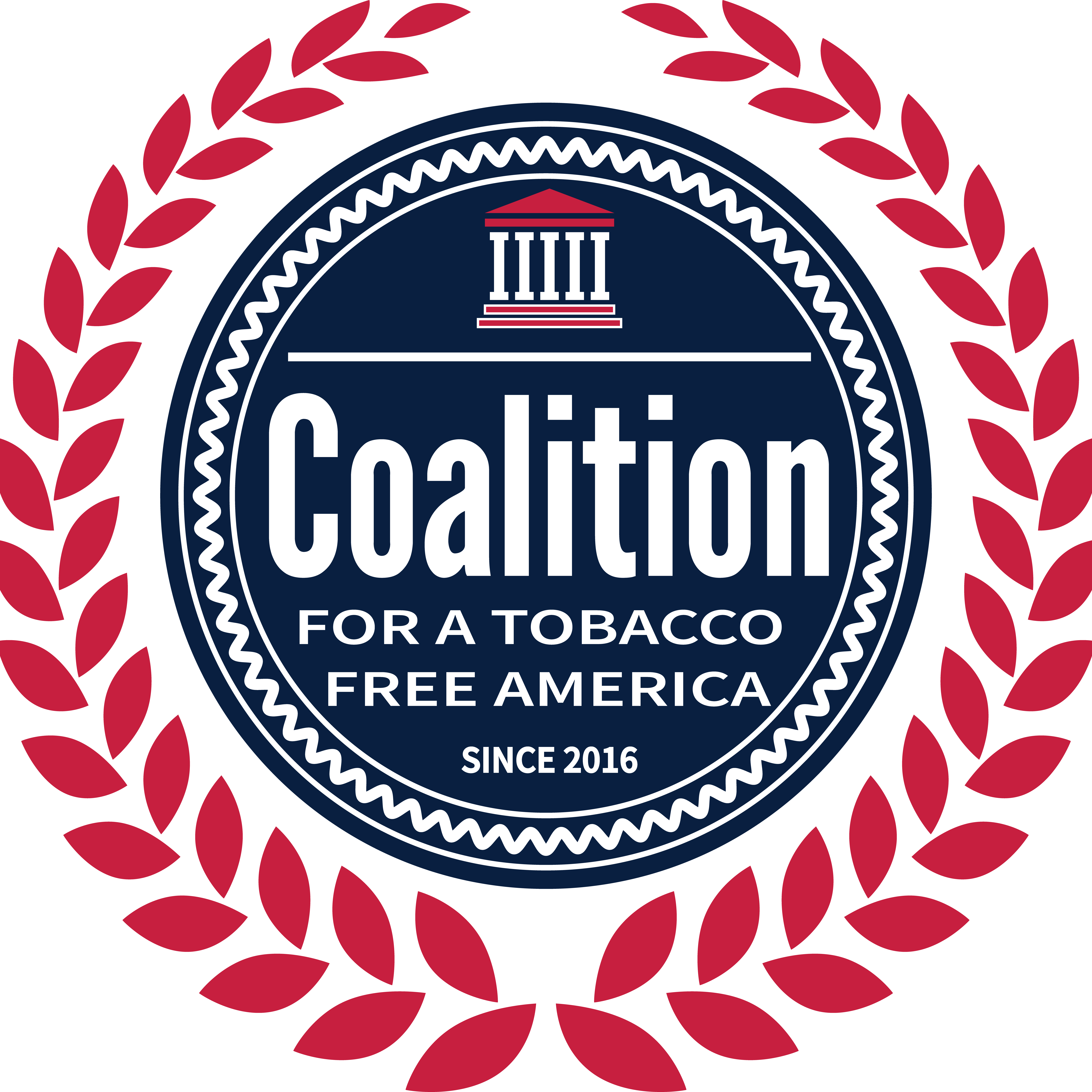Sources from the American Cancer Society
References
- Silagy C, Lancaster T, Stead L, Mant D, Fowler G. 2004. Nicotine replacement therapy for smoking cessation. Cochrane Database Syst Rev:CD000146 2. Luty J. 2002. Nicotine addiction and smoking cessation treatments. Advances in Psychiatric Treatment 8:42-48. 3. Gray N, Henningfield JE, Benowitz NL, Connolly GN, Dresler C, Fagerstrom K, Jarvis MJ, Boyle P. Toward a comprehensive long term nicotine policy. Tob Control. 2005 Jun;14(3):161-5. 4. Shiffman S, Dresler CM, Hajek P, Gilburt SJA, Targett DA, Strahs KR. Efficacy of a nicotine lozenge for smoking cessation. Arch Intern Med. 2002;162:1267-1276. 5. Benowitz NL, ed. Nicotine Safety and Toxicity. Oxford University Press; 1998:224. 6. Choi JH, Dresler CM, Norton MR, Strahs KR. Pharmacokinetics of a nicotine polacrilex lozenge. Nicotine Tob Res.
2003;5(5):635-44. - Stratton K, Shetty P, Wallace R, Bondurant S. (Eds.) (2001). Clearing the smoke: assessing the science base for tobacco harm. Institute of Medicine. Washington DC: National Academy Press. 8. Smith CJ, Livingston SD, Doolittle DJ. An international literature survey of “IARC Group I carcinogens” reported in mainstream cigarette smoke. Food Chem Toxicol 1997; 35: 1107-1130.
- Orzechowski B, Walker R. The Tax Burden on Tobacco, Volume 40. 2005.
- Schroeder SA. What to do with a patient who smokes. JAMA 2005;294(4):482-7. 11. Hoffman and Hoffman. The changing cigarette, 1950-1995. J Toxicol Environ Health 1997;50:307-364.
- Centers for Disease Control and Prevention. Tobacco Use in the United States. Retrieved December 15, 2006, from: http://www.cdc.gov/tobacco/overview/tobus_us.htm. 13. Centers for Disease Control and Prevention (CDC), National Center for Chronic Disease Prevention and Health Promotion. Toxic chemicals in tobacco products. Available at: www.cdc.gov/tobacco/research_data/product/objective21-20.htm. Accessed January 4, 2007.
- Bars MP, Banauch GI, Appel D, Andreachi M, Mouren P, Kelly KJ, et al. “Tobacco Free With FDNY”: the New York City Fire Department World Trade Center Tobacco Cessation Study. Chest 2006;129(4):979-87. 15. Eliasson B, Taskinen MR, Smith U. Long-term of nicotine gum is associated with hyperinsulinemia and insulin resistance. Circulation. 1996;94:878-881.
- Epifano L, Di Vincenzo A, Fanelli C, et al. Effect of cigarette smoking and of a transdermal nicotine delivery system on glucoregulation in type 2 diabetes mellitus. Eur J Clin Pharmacol. 1992;43-:237-263. 17. Assali AR, Beigei Y, Schreibman R, Shafer Z, Fainaru M. Weight gain and insulin resistance during nicotine replacement therapy. Clin Cardiol. 1999;22:357-360.
- Working Group for the Study of Transdermal Nicotine in Patients with Coronary Artery Disease. Nicotine replacement
therapy for patients with coronary artery disease. Arch Intern Med. 1994;154:989-995. 19. Joseph AM, Norman SM, Ferry LH, et al. The safety of transdermal nicotine as an aid to smoking cessation in patients with cardiac disease. N Engl J Med. 1996;335:1792-1798. - Pardell H, Tresserras R, Salto E, Armario P, Hernandez R. Management of the hypertensive patient who smokes. Drugs. 1998;56:177-187.
- Tanos-Santos Je, Toledo JCY, Cittadino M, et al. Cardiovascular effects of transdermal nicotine in mildly hypertensive smokers. Am J Hypertens. 2001;14:610-614. 22. Kimmel SE, Berlin JA, Miles C, Jaskowiak J, Carson JL, Strom BL. Risk of acute first myocardial infarction and use of nicotine patches in a general population. J Am Coll Cardiol. 2001,37:1297-1302.
- Greenland S, Satterfield MN, Lanes SF. A meta-analysis to assess the incidence of adverse effects associated with the transdermal nicotine patch. Drug Safety. 1998;18:297-308. 24. Basler H-D, Brinkmeier U, Buser K, Gluth G. Nicotine gum assisted group therapy in smokers with an increased risk of coronary disease—evaluation in a primary care setting format. Health Education Research. 1992;7:87-95.
- Murray RP, Bailey WC, Daniels K, et al. Safety of nicotine polacrilex gum used by 3,094 participants in the Lung Health Study. Chest. 1996. 109:438-445. 26. Keeley EC, Pirwitz MJ, Landau C, et al. Intranasal nicotine spray does not augment the adverse effects of cigarette smoking on myocardial oxygen demand or coronary arterial dimensions. Am J Med. 1996;171:357-363.
- Ludviksdottir D, Blondal T, Franzon M, Gudmundsson TV, Sawe U. Effects of nicotine nasal spray on atherogenic and thrombogenic factors during smoking. J Intern Med. 1999;246:61-66.
This fact sheet was adapted from material developed by the National Tobacco Cessation Collaborative (NTCC).

